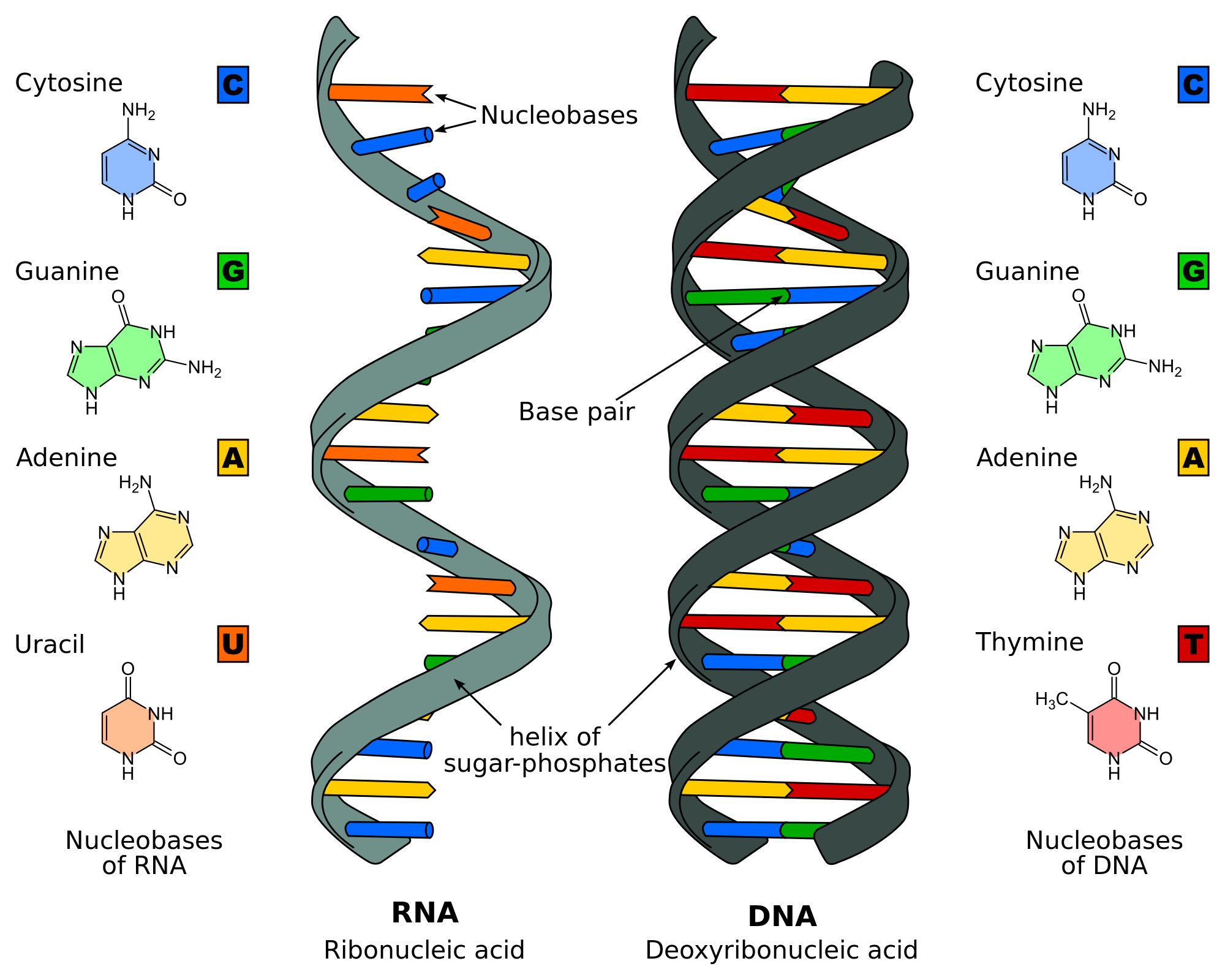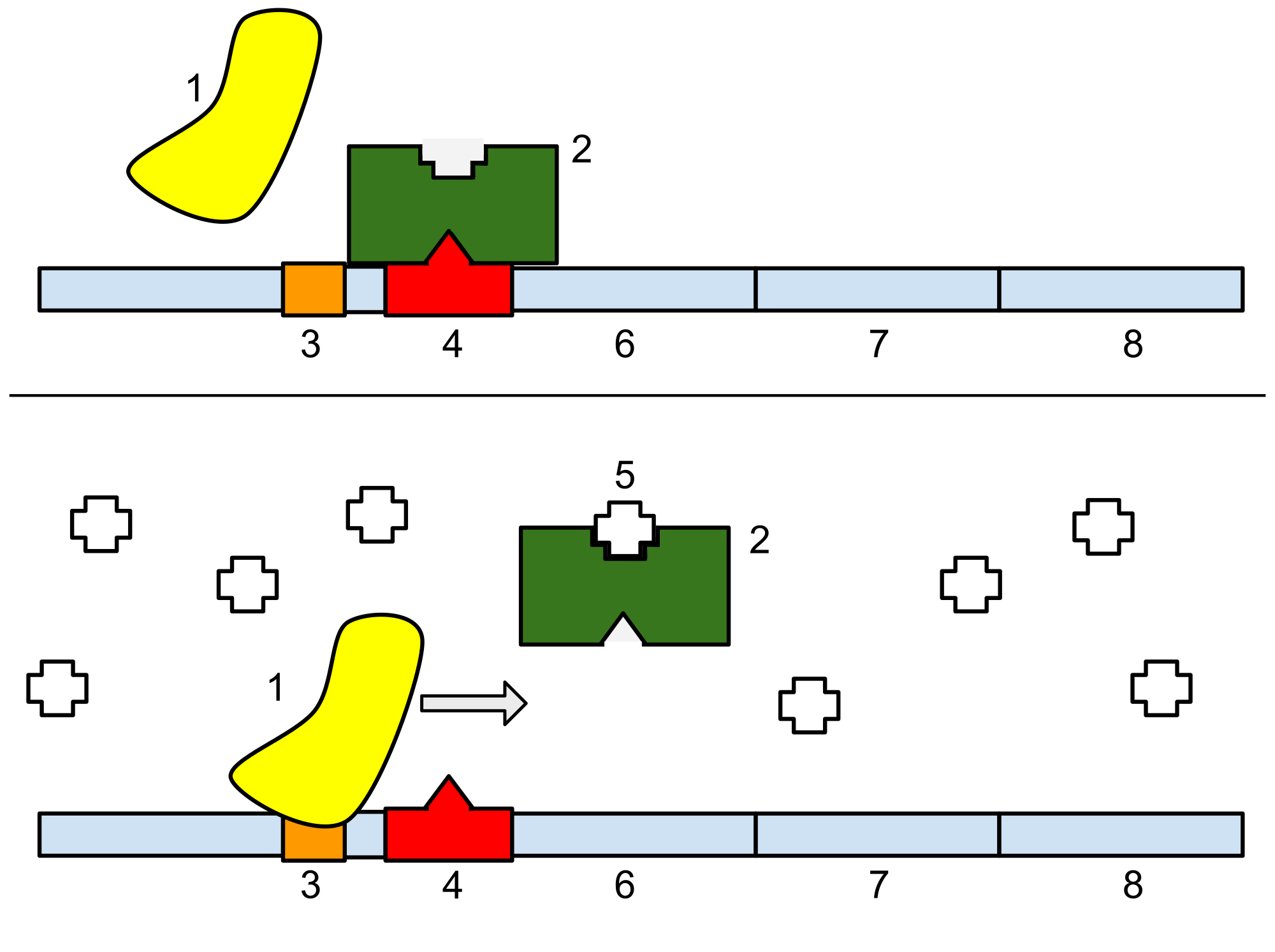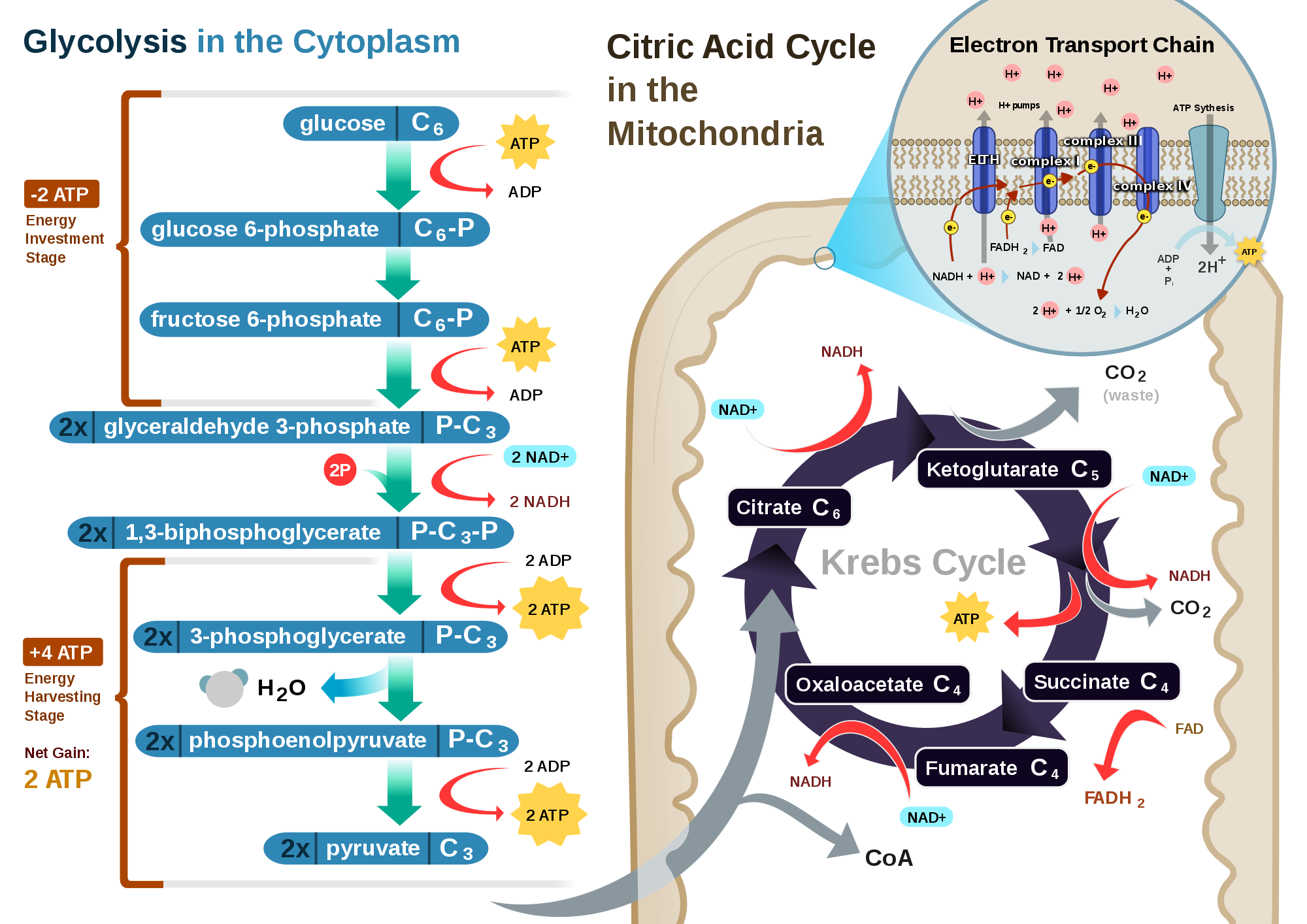Unit 4 was about the cell cycle, genetics, and reproduction, and specifically about sexual reproduction.
The cell cycle is the process that divides a cell into two genetically identical cells. The first step is Interphase, which is where a cell spends most of its time. It grow, and duplicates its DNA. Next is Prophase, where the nuclear membrane dissolves and chromosomes form. After that is Metaphase, where the chromosomes line up in the center of the cell. Then, in Anaphase, the sister chromatids are pulled apart into opposite sides of the cell. Then is Telophase, where the nuclear membrane reforms, and the cells start separating. In Cytokinesis, the cells are fully split apart and the organelles duplicate.
Sexual reproduction is the combination of two cells, sperm and egg, from two different organisms to create an organism that is genetically different from the two parents. Some examples of sexual reproduction include broadcast spawning, paired spawning, spores, seeds, and copulation. Asexual reproduction is a single parent creating a genetic clone of itself. Some examples of asexual reproduction are binary fission, regeneration, and budding. Sexual and asexual reproduction both have costs and benefits. Some costs of sexual reproduction are that it takes lots of time and energy, it exposes you to STDs and parasites, not all get to reproduce, and it creates some bad genetic combinations. But its benefits are that it creates new genetic combs which create resistance to change, and it creates competition which results in only the best reproducing. The benefits of asexual reproduction are that it is fast and easy, doesn't require a mate, and you can create a lot of offspring quickly. But the costs are that it creates no genetic variation, which makes it more likely for the species to go extinct.
At this point while summarizing, I had to return to my notes, so this is a reminder to myself to study this part. Chromosomes are DNA that come in a pair, one from each parent. The types of chromosomes are autosomal and sex chromosomes. Sex chromosomes determine the gender of the child. XX is female, and XY is male. Sometimes, there are variations where someone can have extra chromosomes, such as XXY, which results in infertility, and XYY and XXX, which both let the organism have a fairly normal life. Autosomal chromosomes are all the other ones. Chromosomes come in homologous pairs, each coming from a different parent. A cell will a full set of chromosomes is a diploid cell.All cells that make up your body are diploid. Cells with half the number of chromosomes are haploids. Sex cells, or gametes, are haploids. Gametes are produced in a process called meiosis, which is similar to mitosis in the way that it splits apart to create new cells. But in meiosis, 4 cells are created, and they are genetically different haploids gametes. Meiosis happens in 2 phases, each which splits up the cells, meiosis 1 and meiosis 2. Meiosis 1 splits the homologous chromosome pairs apart, and meiosis 2 splits the sister chromatids. During prophase of meiosis 1, the homologous chromosomes cross over to exchange chunks of DNA. This is what makes them genetically different, and leads to many different genetic combinations.

Leaving my notes, the next SEX-ion (I'm so punny) was on how sex and traits are related. In sex, two gametes join to create a new organism. Gregor Mendel crossed different plants in order to find out how their traits were inherited. The first generation of one of the crosses was with purebred purple and purebred white flowers. The offspring had only purple flowers. After they self fertilized and reproduced, there was a 1:3 ration of white to purple. Mendel discovered that some genes, or pieces of DNA responsible for traits, were dominant, and some were recessive. Genes come in pairs, called alleles. If an organism has a dominant allele, then the organism will get that trait, no matter what the other allele is. But if the organism has 2 recessive alleles, then they will get the recessive trait. In the flowers, purple was dominant, and white was recessive. You can predict the probability of getting a certain phenotype, or physical trait, if you know the genotype, or genes, of the parents. When an organism has 2 of the same allele, it is called homozygous, but if it has 2 different alleles, it is heterozygous.
In sex, you can use a diagram called a punnet square to predict the probability of a phenotype if you know the genotype of the parents. In Meiosis, when crossing over occurs, a copy of an allele could go to any of the four haploid cells. So if an organism had the genotype Aa (capital is dominant, lowercase is recessive) they two of the four possible gametes would have the A gene, and the other two would have the a gene. Punnet squares show the results of crossing all the possible gametes for a given number of genes.
In this punnet square, two heterozygotes were crossed, and the probabilty of having a homozygous recessive child is 1/4, because there is only one combination that would result in that.
Returning to my notes again marks another section I should review. You are stuck with whatever genes you get. Some autosomal dominant traits you can get are bipolar disorder, widow's peak, and the ability to curl your tongue. Some autosomal recessive traits include albinism, cystic fibrosis, and sickle cell anemia. Traits can also be X-linked. One X-linked dominant trait is Coffin Lowry Syndrome, which is a physical and mental handicap. Some X-linked recessive traits include colorblindness, and hemophilia.
Once again leaving my notes, the next section is on genetic complications. Genes are not all dominant and recessive. Some traits have incomplete dominance, which means that the two phenotypes from each gene combine to create a new phenotype in heterozygous genotypes. Codominance is when both traits in a heterozygous genotype are expressed completely at the same time. Gene linkage is when two genes are close together on a chromosomes, which makes it more likely for them to be inherited together. Epistasis is when a master gene controls other genes. Multifactorial disorders are when the environment influences how genes affect the phenotype of an organism. And polygenetics is when several genes control a single trait.
The final section is more on punnet squares and the different types of crosses. Monohybrid crosses are crosses where only one gene is crossed. They are done in a 2x2 punnet square. Dihybrid crosses are when 2 genes are being crossed. They are done in a 4x4 punnet square. And finally, test crosses are for finding the genotype for a trait of in an organism with an unknown genotype. To do this, you would cross them with a homozygous recessive organism. If the offspring all have the recessive trait, then the unknown is homozygous recessive. If some have the recessive trait and some have the dominant trait, then the unknown is heterozygous. If all the offspring have the dominant trait, then the unknown is homozygous dominant.
Based off of my experience writing this, I will spend more time studying the different traits found in humans and how chromosomes change in Meiosis.










